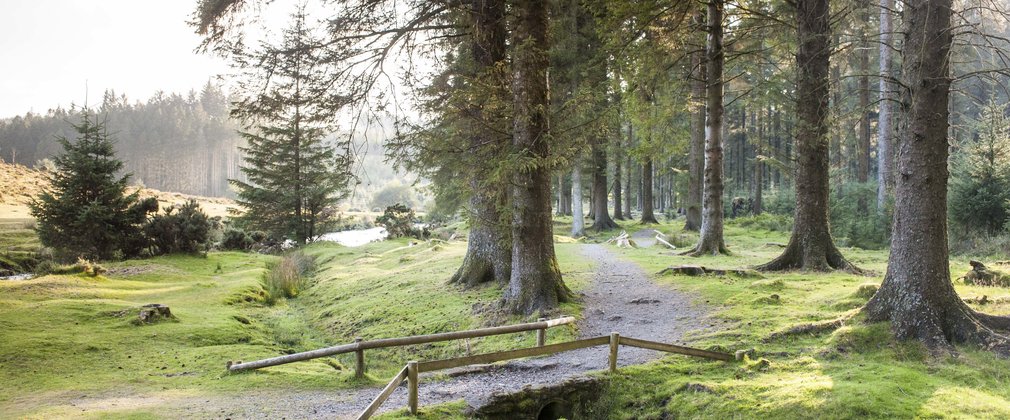A guest blog from our Chair Sir Harry Studholme
One hundred years ago today, on September 1st 1919, the 1919 Forestry Act, became law. This is quite something to celebrate. Like now 1919 was a moment when global events shone a spotlight on the importance of trees and forests. The idea of reforesting British landscapes and planting trees had captured the political and public imagination.
Less than a year earlier the Armistice, ending World War One, had been signed. The war had exposed that, after millennia of deforestation, the country could rapidly run out of essential timber supplies, in the event of a massive trade disruption, like a war. Even the most forested country in the Union, England, had only five percent forest cover and most of that was unmanaged. The Forestry Act created the Forestry Commission to plant new forests, create a supply of home-grown timber and provide jobs for demobilised servicemen.
The energy of this early Commission, its global vision, its desire to experiment and to take on its task with practicality and pragmatism is inspirational. Trees began to be planted by December and within years the deep roots of our organisation were well established.
A successful century
We have achieved much in a century. In England tree cover has doubled and, in the rest of Britain, more than doubled. We have shown we can grow timber sustainably and profitably, while protecting and enhancing wildlife habitats. We have supported the establishment of large processing industries and the same time we have brought millions of people into our forests and introduced new ways to enjoy the outdoors.
We have built scientific and practical expertise starting from the basics of how to establish, grow and harvest trees, through discovering the complexities of forest ecosystems and the role of trees in climate management and human wellbeing, to how we can respond to the increasing problem of tree diseases. From the vast experiment of a hundred years of afforestation we have learnt as much from our mistakes, and there were some, as our triumphs.
Through all this time Forestry Commission staff have provided guidance and support to landowners, businesses and government on woodland creation and plant health and indeed most aspects of trees and forests.
A changing future landscape
These hundred years of investment are as deeply relevant today as they have ever been. Our forests attract more visitors than ever, we maintain more SSSI’s than anyone else and we are the largest supplier of timber in England. What we have learnt about managing the natural environment, sustainable forestry and connecting people to woodlands are now at the forefront of public debate.
As times have changed, we have changed too. And we must continue to do so. The challenges of climate change and tree disease are urgent and critical. All parts of our organisation have an important part to play in facing these threats. While managing for the present we need to research, plan, advise and plant forests that will be resilient in the future. Not only this but we have learnt as well that the public need to feel empowered to play their part in helping to protect – and where possible enhance – our forests for future generations. The scores of ways we provide to get involved, such as volunteering, wildlife surveys like the Big Forest Find or monitoring tree health through the Observatree network are no longer peripheral extras but central to what we do.
From the moment of its creation in 1919 the Forestry Commission has been about people as much as it has been about trees or providing for the needs of society. If anything, we are even more entwined with building a better future for our country than at any point in our history and the remarkable, practical and energetic, people that make up the Commission lie at the heart of this as they have for a hundred years.

